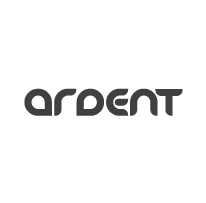MongoDB Vs DynamoDB – What NoSQL technology is best for you?
13 April 2023 | Noor Khan
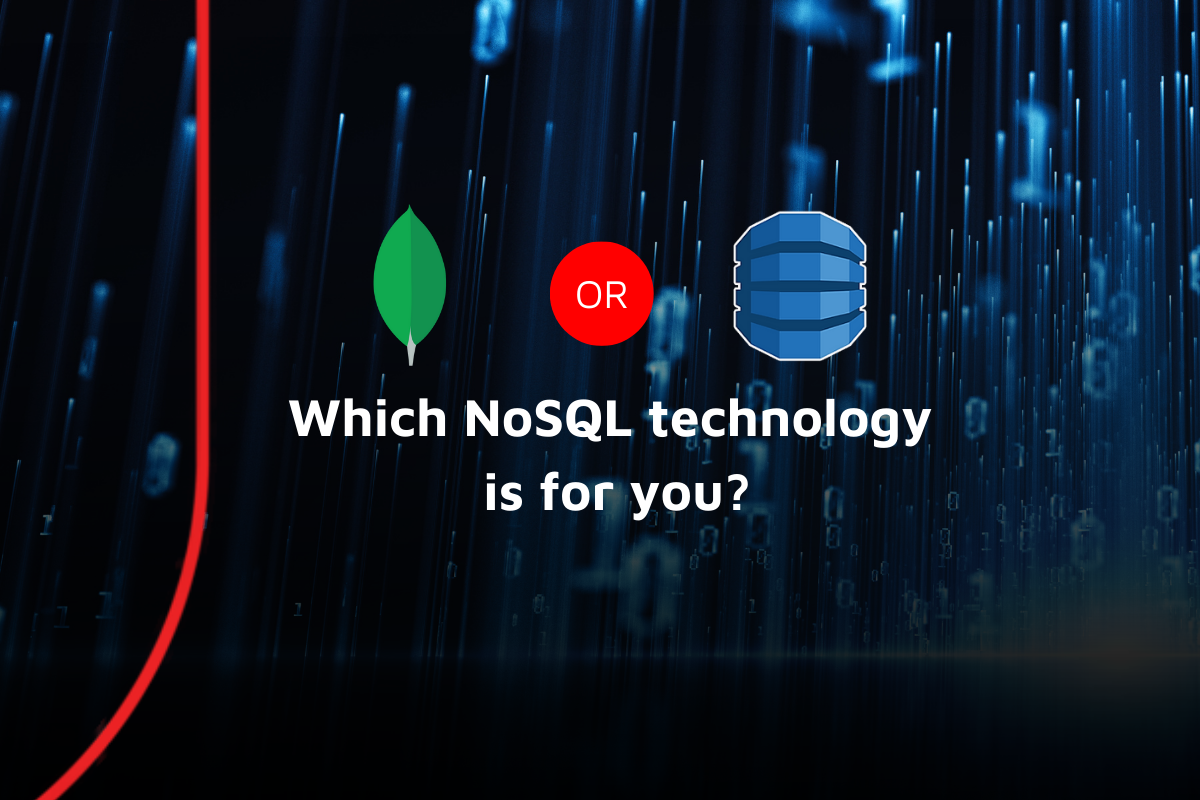
When it comes to effective database management and data engineering tasks, NoSQL services are a non-tabular option that are often well suited for big data, real-time web apps, online shopping, social networks, and Internet of Thing (IoT) tasks, amongst others.
Although SQL services such as MySQL are amongst the most popular choice (38.9% reported usage), MongoDB was the second most highly reported choice (24.6%) in 2019, and DynamoDB is used by Netflix to run their A/B testing for building personalised streaming experiences for over 125 million customers.
The benefits and drawbacks of MongoDB
A cross-platform and document-orientated database program, MongoDB was initially released in 2009, and uses JSON-like documents with optional schema, and supports multiple programming languages. Some of the major clients that utilise the service include Bosch, Morgan Stanley, and Barclay, and the platform is suitable for a number of tasks, including back-end development.
Pros of MongoDB include:
- High-performance speeds – As most of the data is stored on the RAM, MongoDB allows for quick performance when executing queries, and as it collects data directly from the RAM, therefore, returns are faster with accurate indexes.
- Simple query syntax – The expressive query language allows users during the development, and is considered to be easier to grasp than SQL.
- Dynamic schematic architecture – Schema is not predefined, which allows the program to work with non-structured data and storage, allowing for flexibility and a database that adapts to changes in data.
- Horizontal scalability – Unlike SQL, MongoDB allows for horizontal scalability and makes use of ‘sharding’ (dividing data from a large set and distributing it to multiple servers) to expand storage capacity.
- Accurate documentation – Users are assisted with a robust documentation process, which does not tether documentation with data whilst processing for storage, allowing each version, addition, or requirement to be documented accurately.
- Technical support for various services – The support offered by MongoDB is not limited to processes or products but also covers the community forums, Atlas and Cloud Manager, and the Enterprise or Ops manager.
Cons of MongoDB include:
- Transactions may lead to data corruption.
- Does not support joining documents, requiring manual addition of code.
- Incorrect indexing is time-consuming and the service performs at low speeds.
- Documents are limited to 100 levels, and 16mb in size.
- High memory usage.
The benefits and drawbacks of DynamoDB
Released in January 2012, DynamoDB provides a fully managed, proprietary NoSQL database service. It supports key-value and document data structures, and is part of the Amazon Web Services (AWS) range of data services, and is designed to be orientated towards simplicity. Some of the major clients that utilise the platform include Airbnb, Comcast, Samsung, Dropbox, Netflix, Capital One, and Zoom.
Pros of DynamoDB include:
- Superior scalability – With virtually unlimited storage available, users are able to not only use what they need, but once a database application begins to accumulate data, there is flexibility for developers to scale the database, eliminating the need for reserve storage at deployment.
- Serverless and fully managed – Users are not required to maintain underlying infrastructure, and the AWS service handles high availability, database upgrades, and maintaining the physical infrastructure in their data centres.
- Compliant with globally recognised security – DynamoDB does have a shared responsibility model (which expects users to securely configure their instances) but their database service complies with PCI DSS, HIPAA, and NIST regulations, with support for AWS Identity and Access Management integration for encryption and fine-grained access.
- Extremely fast response times – The platform is known for having exceptionally fast response times (within single digits), and these speeds are generally maintained even at scale, with an option to utilise the DynamoDB Accelerator (DAX) caching function.
Cons of DynamoDB include:
- Limited querying options including not allowing queries if an index is unavailable.
- Costs can fluctuate depending on the capacity model, with some being extremely unpredictable.
- Limited options for querying data within tables and does not support table joins.
- Size limit for an item is 400kb within a table.
MongoDB Vs DynamoDB - Key similarities
MongoDB and DynamoDB are both highly utilised services, attracting high-level clients with their services, and they do have similarities such as:
- Backups - DynamoDB provides point-in-time and on-demand options, and MongoDB offers continuous backups and cloud-provider snapshots.
- Autoscaling – Both services have an auto-scaling function to handle increases in traffic.
- Data security – Dynamo protects data at rest and in transit, and MongoDB Atlas offers encryption at rest on all cloud-platforms and the option for key management and role-based access.
MongoDB Vs DynamoDB - Key differences
- Data access patterns – MongoDB sees data access through queries based on ranges, joins, keys, geospatial queries, and graph traversals. DynamoDB uses a single table design and queries through limited primary keys (which can have a maximum of two attributes).
- Data models – MongoDB has a wider range of datatypes than DynamoDB and can support documents up to 16MB in size, compared to the 400kb limit on DynamoDB.
- Cloud availability – DynamoDB is an Amazon program which is only available online on AWS (it can be run on a local machine for testing before being uploaded to AWS). MongoDB however can run on AWS, Azure, or Google Cloud.
- Cost – Both systems have very different pricing models, and each service has different key factors that are considered, DynamoDB looks at whether the need is provisioned or on-demand, the amount of storage required, the number of reads and writes, as well as backup costs. MongoDB prices are based on a Cluster Tier (Storage, RAM and vCPUs) and the cloud provider.
Making an informed choice between these platforms
Determining your data needs, and whether a NoSQL database is the best solution for your requirements is not a simple decision; but you would likely benefit from using one of these platforms if you have:
- Semi-structured or unstructured data
- A flexible schema
- Are making high-velocity transactions
- Require scalability of terabytes of data
- Are not making complex queries or views
- Have limited pre-defined access paths or query patterns
If you require help or advice on whether you would benefit from a SQL or NoSQL approach, or are unsure whether MongoDB or DynamoDB is the best for your needs, we would be happy to help and you should contact our team.
Your data engineering solutions powered by Ardent
Our data engineers are proficient in world-leading technologies including both MongoDB and Dynamo DB. We take a consultative approach to understanding your challenges to deliver solutions with the right technologies handpicked to fulfil your unique requirements. Explore how our customers are succeeding with Ardent data engineering solutions:
Improving data turnaround by 80% with Databricks for a Fortune 500 company
Monetizing broadcasting data with timely data availability for real time, mission critical data
A sophisticated, resourceful offering for world-renowned brands built with MongoDB
Optimising big data queries for large volumes of complex data with DynamoDB
Get in touch to unlock the potential of your data or find out more about our technology partners.
Ardent Insights
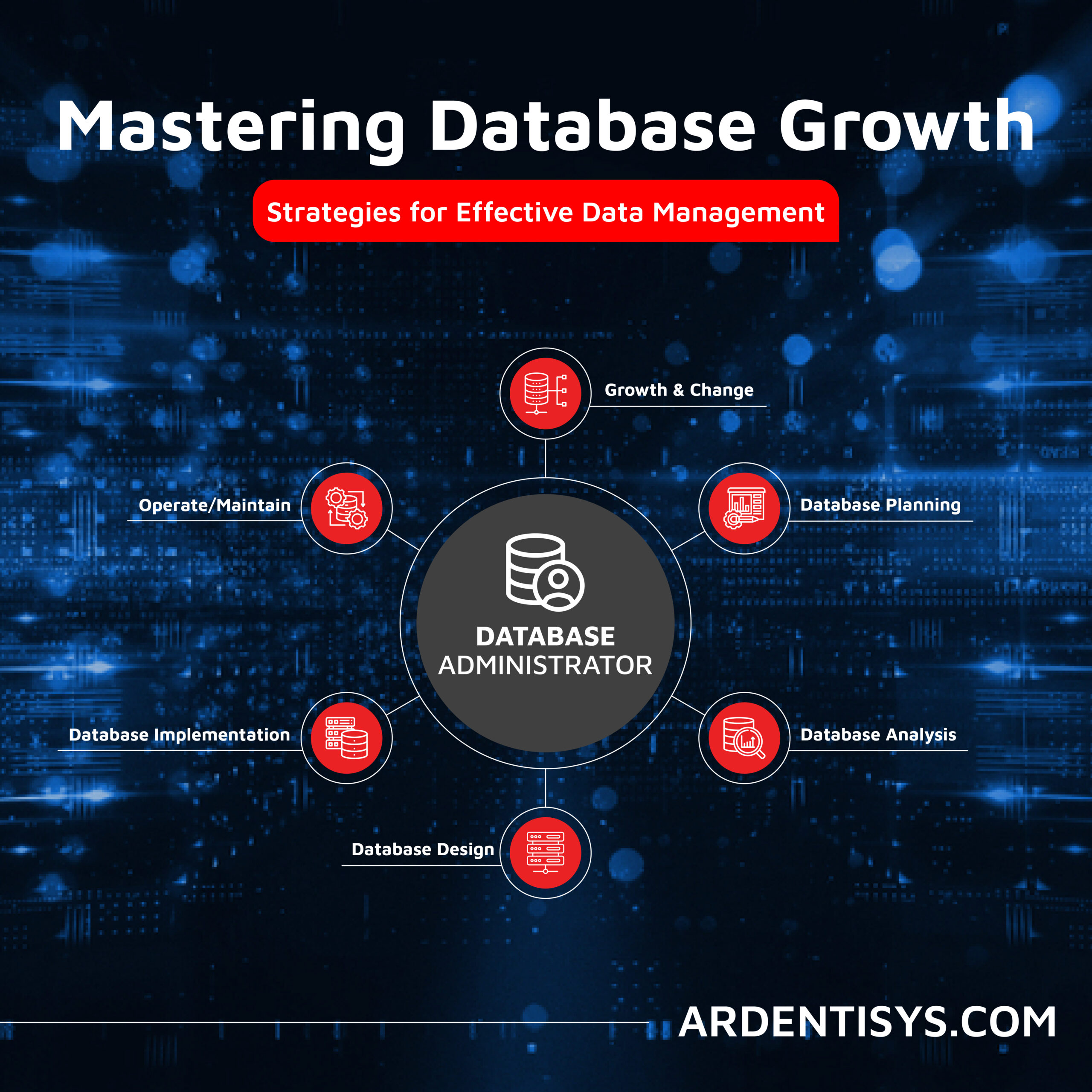
Overcoming Data Administration Challenges and Strategies for Effective Data Management
Businesses face significant challenges to continuously manage and optimise their databases, extract valuable information from them, and then to share and report the insights gained from ongoing analysis of the data. As data continues to grow exponentially, they must address key issues to unlock the full potential of their data asset across the whole business. [...]
Read More... from MongoDB Vs DynamoDB – What NoSQL technology is best for you?
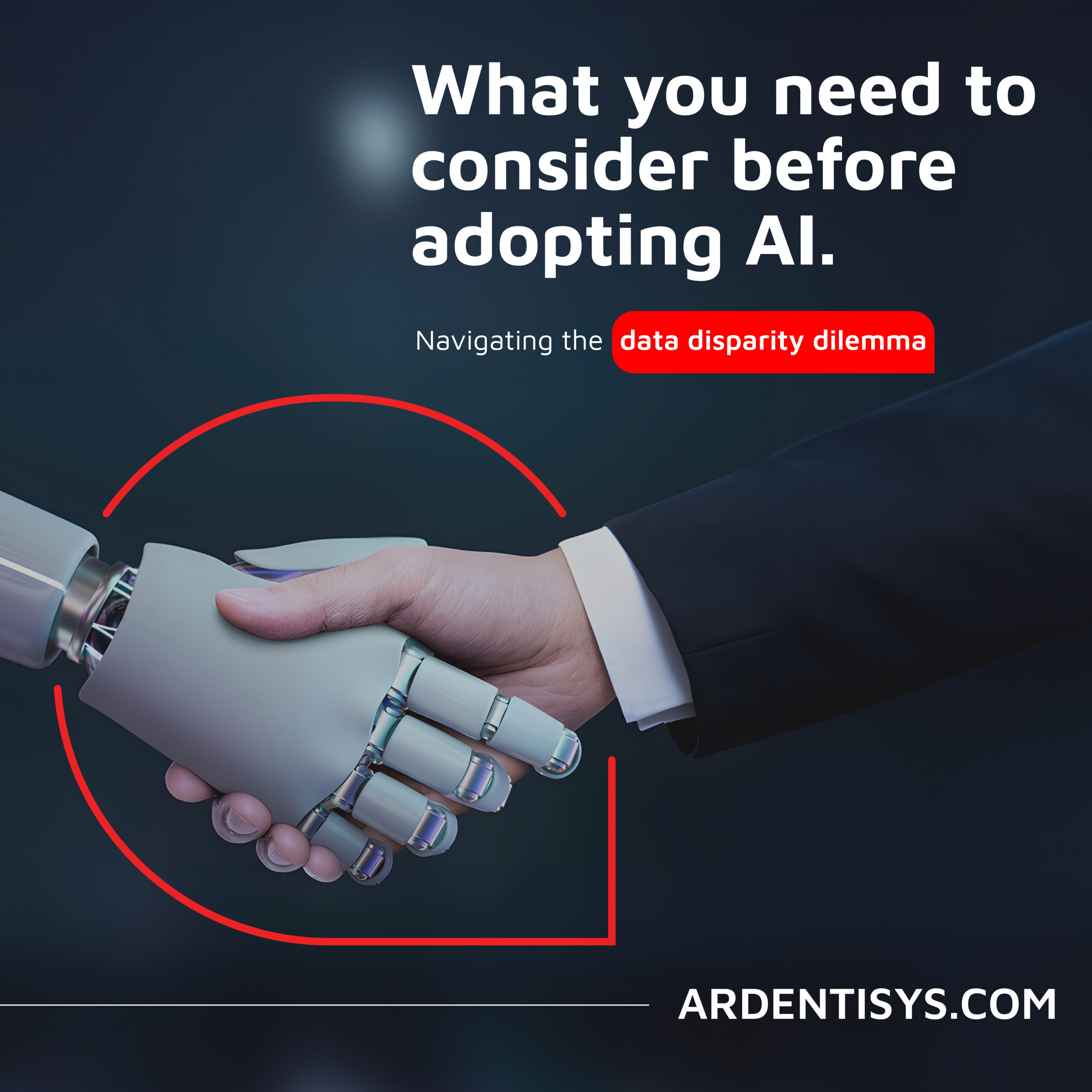
Are you considering AI adoption? We summarise our learnings, do’s and don’ts from our engagements with leading clients.
How Ardent can help you prepare your data for AI success Data is at the core of any business striving to adopt AI. It has become the lifeblood of enterprises, powering insights and innovations that drive better decision making and competitive advantages. As the amount of data generated proliferates across many sectors, the allure of [...]
Read More... from MongoDB Vs DynamoDB – What NoSQL technology is best for you?
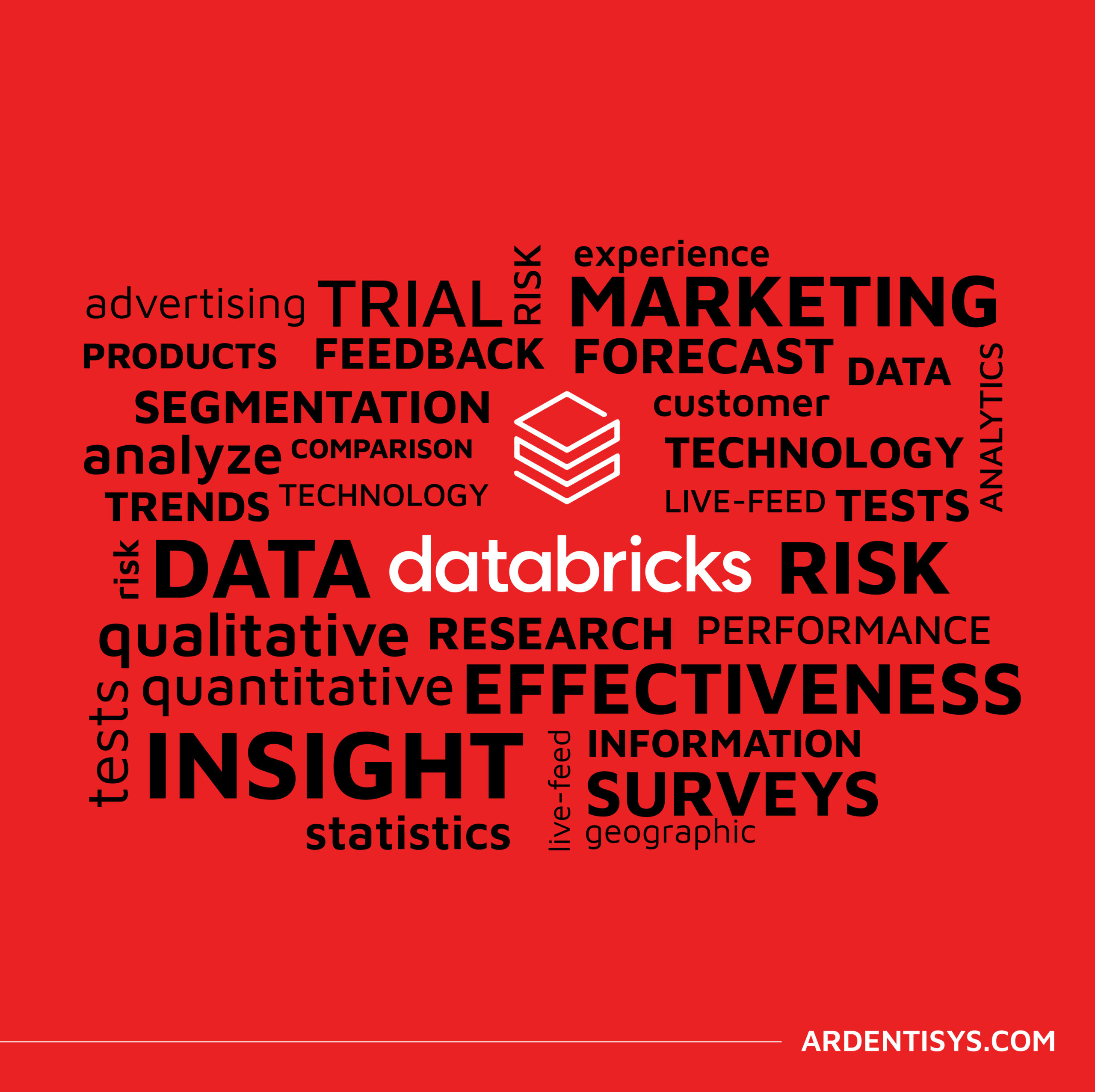
Why the Market Research sector is taking note of Databricks Data Lakehouse.
Overcoming Market Research Challenges For Market Research agencies, Organisations and Brands exploring insights across markets and customers, the traditional research model of bidding for a blend of large-scale qualitative and quantitative data collection processes is losing appeal to a more value-driven, granular, real-time targeted approach to understanding consumer behaviour, more regular insights engagement and more [...]
Read More... from MongoDB Vs DynamoDB – What NoSQL technology is best for you?




